Hi there, my name is Caio Proença, and I`m born 1991 in Porto Alegre, Brazil, where I still live. This year I finished my Master degree in History and Visual Culture, writing about the History of photojournalism in Brazil during the 70s, and now wedding photography became my main goal. The film photography represents for me the “free” time that I have, to think about the images, and where I am going with my life. My most of time companion is my Leica M6.
Right now I`m working with a team of wedding photographers during the weekends and part week time. When it comes to my “free” hours I spend 5-10 hours a week working with 35mm film (shooting, developing, scanning and printing for me and for my clients), cycling, meeting my girlfriend and my friends. Film photography always kept me looking with more careful at the whole ambient that I am in the moment. I think it keeps me in a slower pace for some reason. Film photography is relaxing for me, because I don’t have to follow no one rules, or no clients desire. It is just me, the camera, and the world.
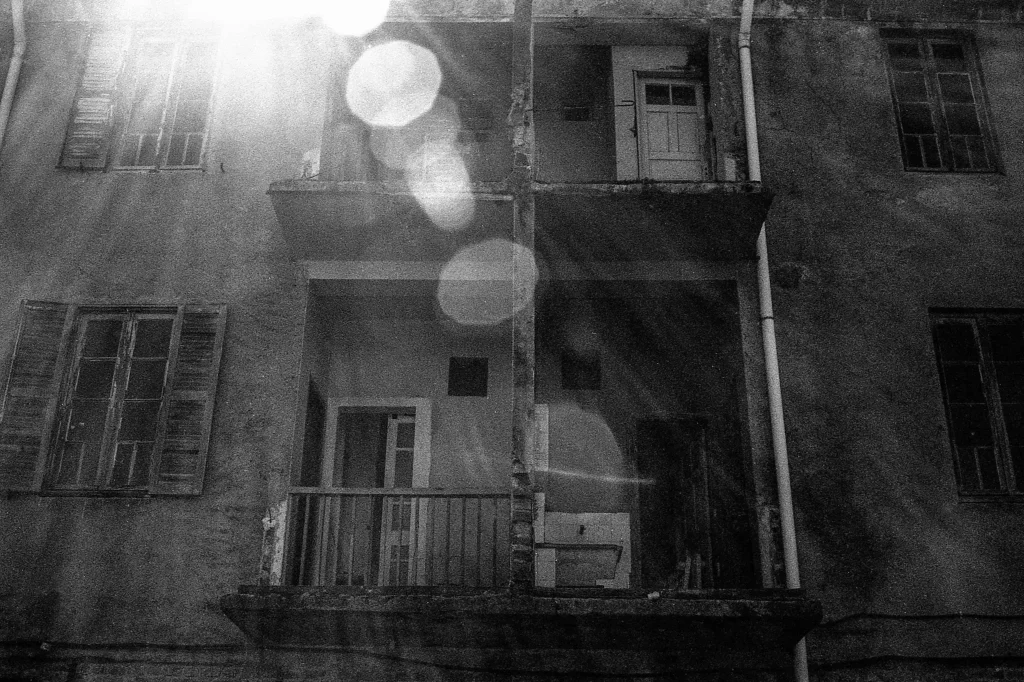
I got my first film camera when I was a child. My father had an Olympus Trip 35 and a Polaroid Land, they are mine now. From the 90s until I finnish my undergraduate in History (2014), the photography was a constant learning and discovery process – and, of course, a hobby to have fun. From 2014 until now it is a job, and it is getting serious now with weddings.
Here in Brazil we have a crescent number of people shooting film in the last 5 or 6 years. But the equipment it is very hard to find (a good/mint one). On my last year of undergraduate I save every penny I could to buy a Leica M6 TTL and a Voigtlander 35mm 1.4 lens from a friend of mine. I saved during almost 2 years. This is the gear that is always with me when I go out with my friends, or when I am in the mood of shooting film.
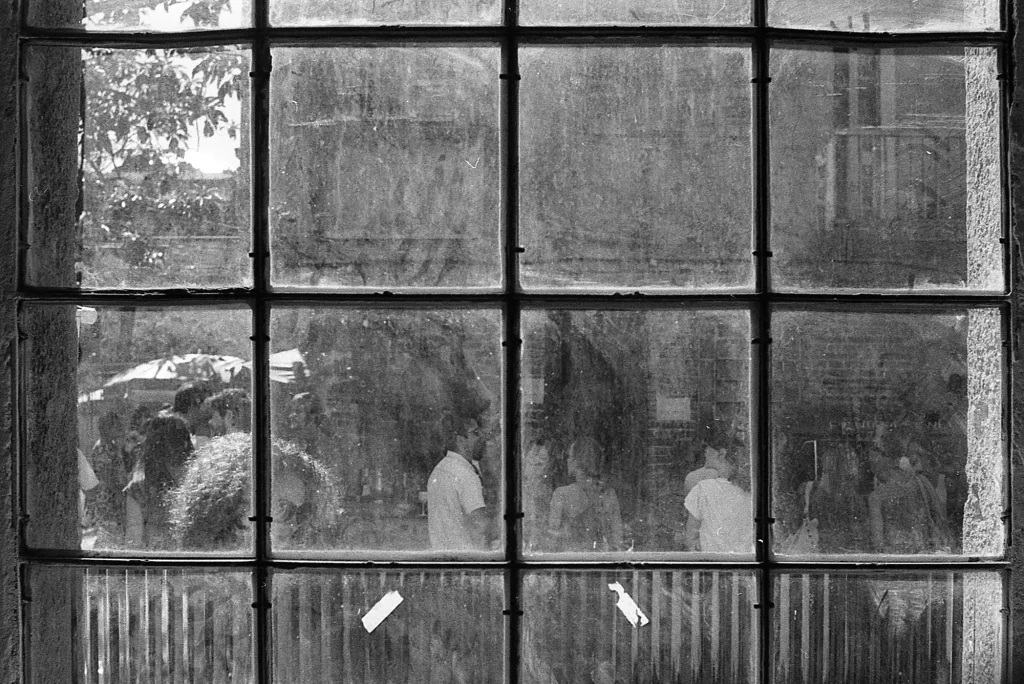
When I first start shooting, I loved small objects and details with great bokeh at the background. From time to time I gain courage to shoot people portraits in the street, asking them to do so, and my friends faces, hands, shoes and legs. Revising my negatives from 2010 to 2016 I realized that I shot a lot of street photos. Not from people mostly, but from buildings, details of trees, windows, doors, roofs, cars and buses. I think the city and their neighborhoods it is becoming a great subject for me as well. I started to look up and see details from buildings made in the 20s, 50s and 70s that I never have looked before. This photos in the post were taken with the Leica M6 in Porto Alegre, during the December of 2016.
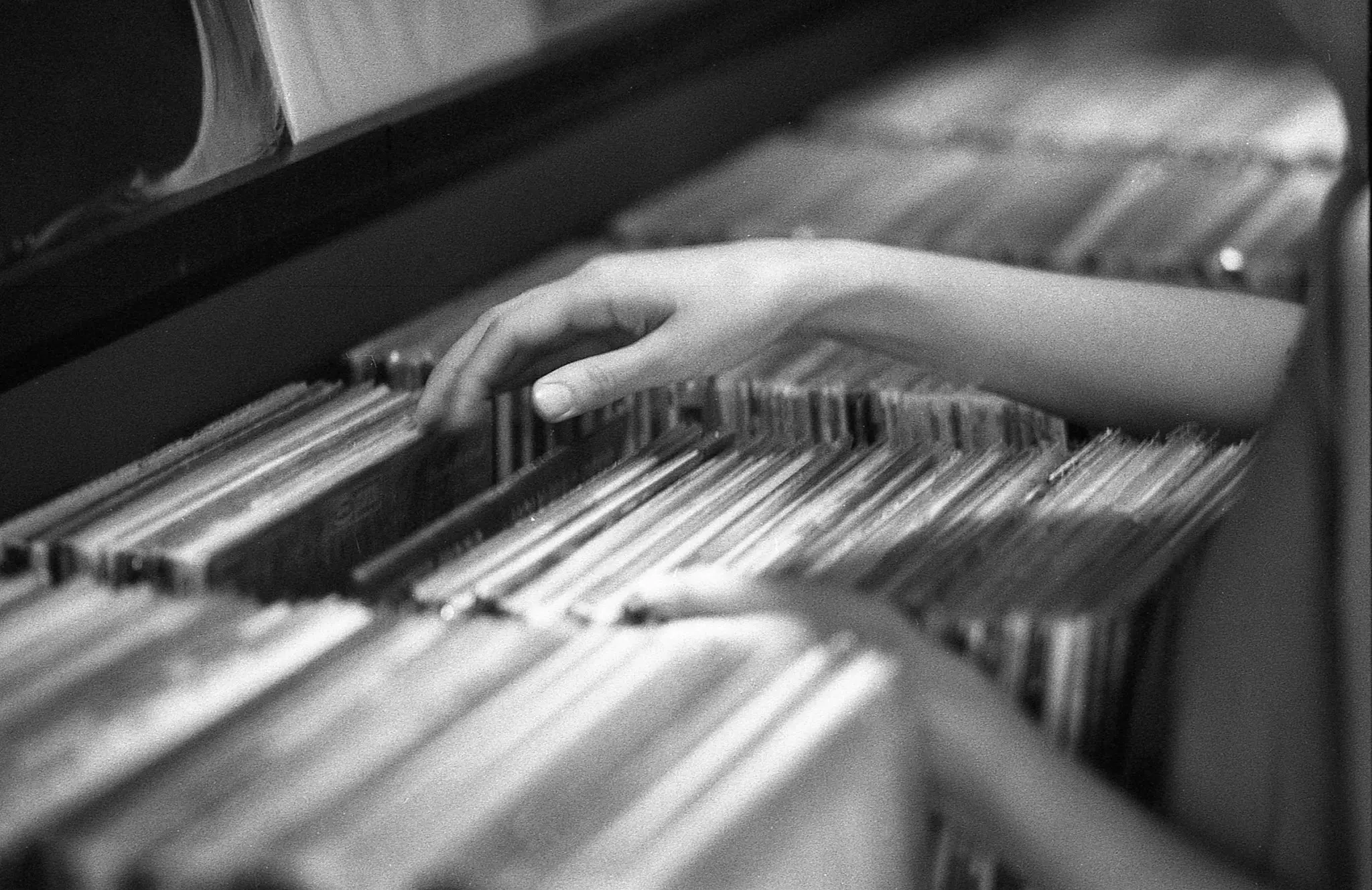
I shoot film and digital photography today. But film is mainly a subjective feeling about everything, and digital is used most of time for working. Until I bought my M6, I shot with a great variety of cameras. Most DSLRs and a few rangefinders, such as Canon F1, Canon AE-1 Program, Nikon FM2, Yashica 35 Electro GSN, Olympus Trip 35, Olympus Pen, Voigtlander Bessa R, Leica M3 and Leica M6. For some reason, most of my friends say that the Leica made great and amazing cameras, and it probably be the best film camera yet designed. Yes, they did great machinery in fact. But I see them just as another machine that makes pictures, such my mobile phone does.
The main difference is the practice/feeling part. Everything works and will continue to be working for the next 30 years or so, until I need to leave at the technical assistance for cleaning. It is very simple to use (you got just the shutter speed and the aperture settings), and the feeling of using that German machinery it is just indescribable. It may sound cliché, but it is the same thing as admiring mechanical Swiss watches instead of digital Japanese ones. Both of them do their jobs, but the Swiss one have some feeling and history a little bit different from the Japanese.
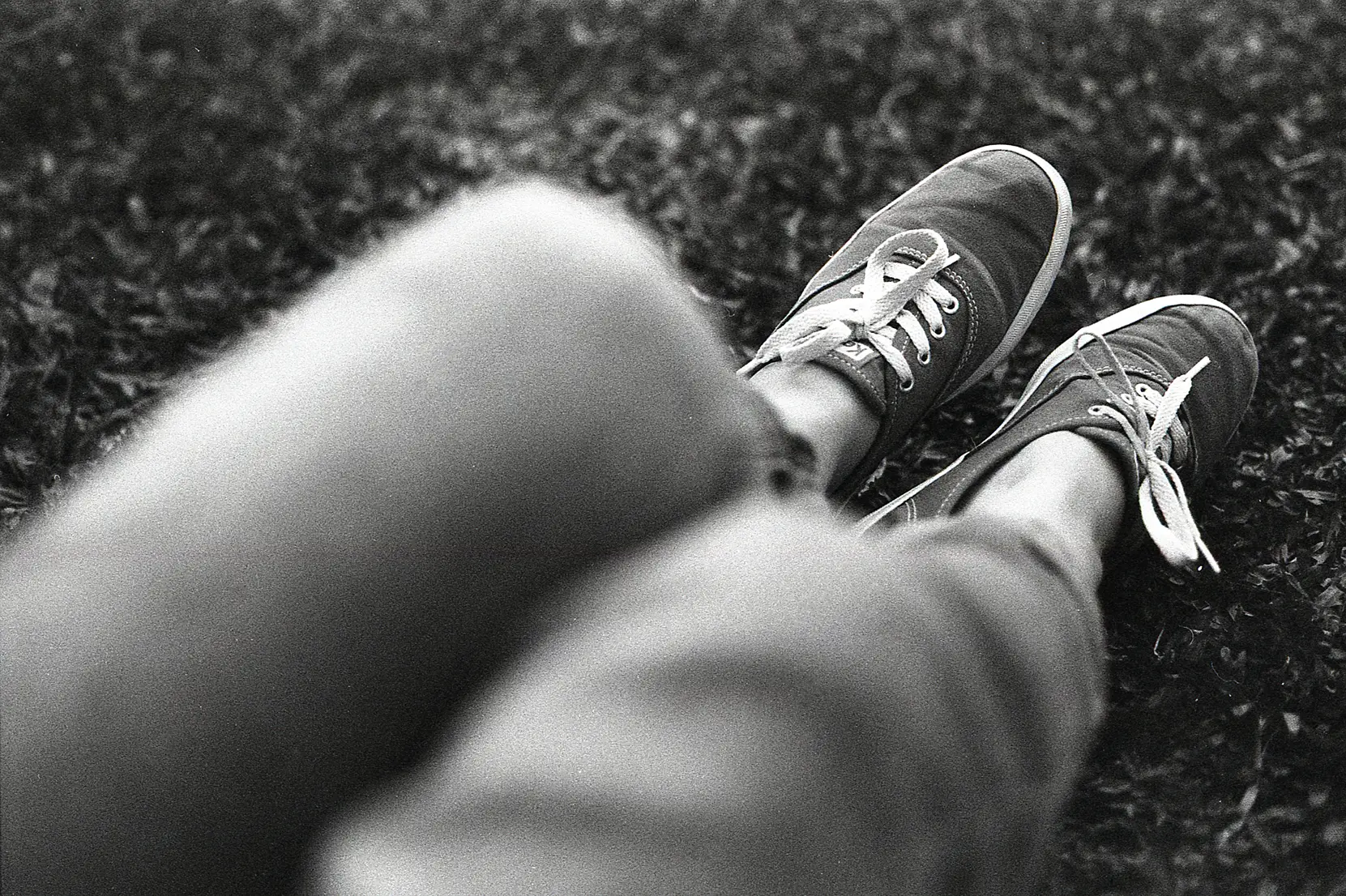
I think the rangefinder system works pretty well for me, because when I shoot with film it is just to relax, chill, have some fun and some time with myself. Some time thinking about an image, composing and imagining how it will become after developed. The viewfinder from the M6 it is pretty clear and crystal. I can compose freely without seeing any distortion from the lens and any other information that could misguide my eyes. The composition become more free and with space for creation, that the DSLRs does not have. But, as I say for everyone that desire a Leica or any other camera: every one of them makes pictures. That’s the point. You just need to find the perfect one for you.
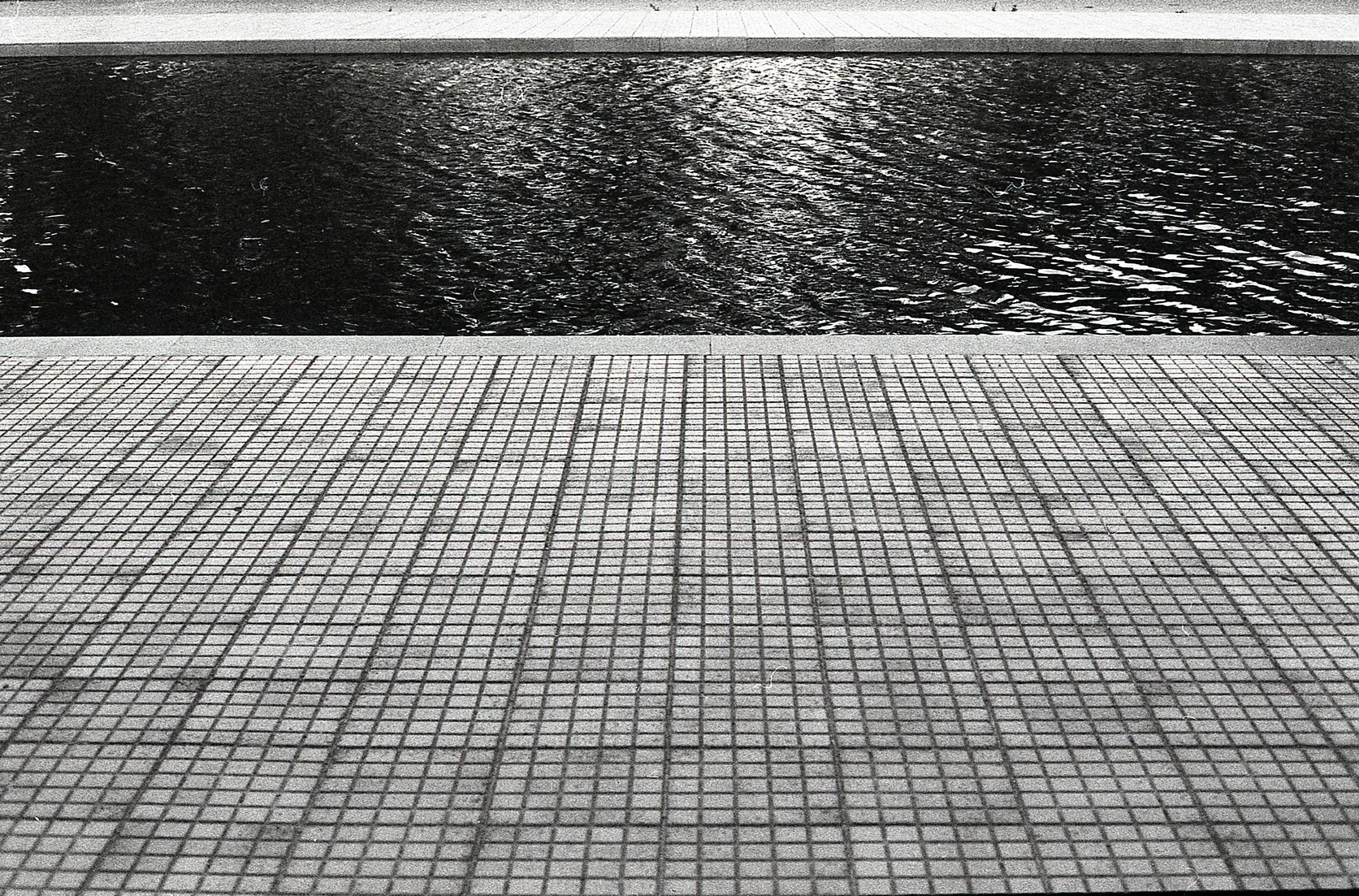
My friends and my girlfriend always says that I am a methodic person. That I need some objective to pursue and to accomplish. That may be true, and the M6 makes things easy for me. It works just fine to compose open spaces, to view objects more clearly, as my eyes see them, and not by an out of focus viewfinder that needs to be adjusted to see what is in front of me.
The feeling of using the M6 was a watershed for me, the moment that I shot my first roll film I realized that the camera was easy to use, the focus was really intuitive, and the lenses were super sharp. Shooting scenes with a very close aperture became a part of my shooting, in most cases. In that way everything that I compose would be in focus. My style with the rangefinder was built with grainy film (most of them shot at ASA 400 or 1600) and with almost everything in focus.
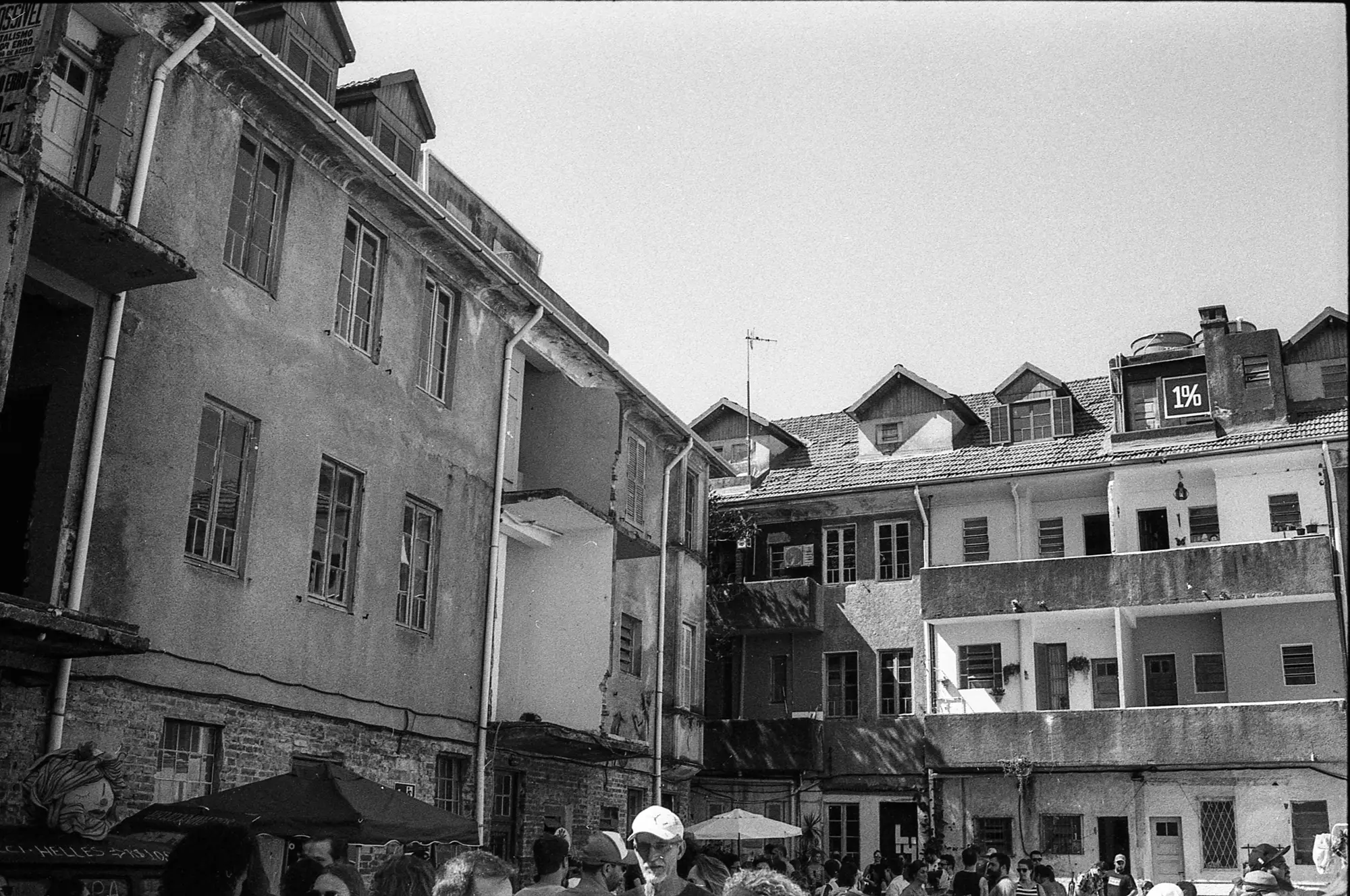
I already shot with color film, in a time ago, but many of the labs in my city were ruining my frames with expired chemicals or delivering magenta images. I decided to buy the equipment for a darkroom, and started developing my own films, enlarging them in my bathroom and putting the in the wall myself. I generally use Ilford HP5+ 400, Kentmere 400, Arista EDU 400 and Kentmere 100. The Kodak Tri-X 400 was my favorite, but for some time the contrast become an issue for me. The whole process became an addiction for some time, because you have control of every step of the creation of an image. That image represents my effort of going to some place, thinking about the composition, shooting, getting back home, developing and printing the image.
I shoot my daily life, without any kind of rules that could direct me to a unique type of photography. I shot everything that I feel to shoot at. It is not easy to describe, but I know what I want to shot in the moment, and what moments I could just see and let it go in the wind.
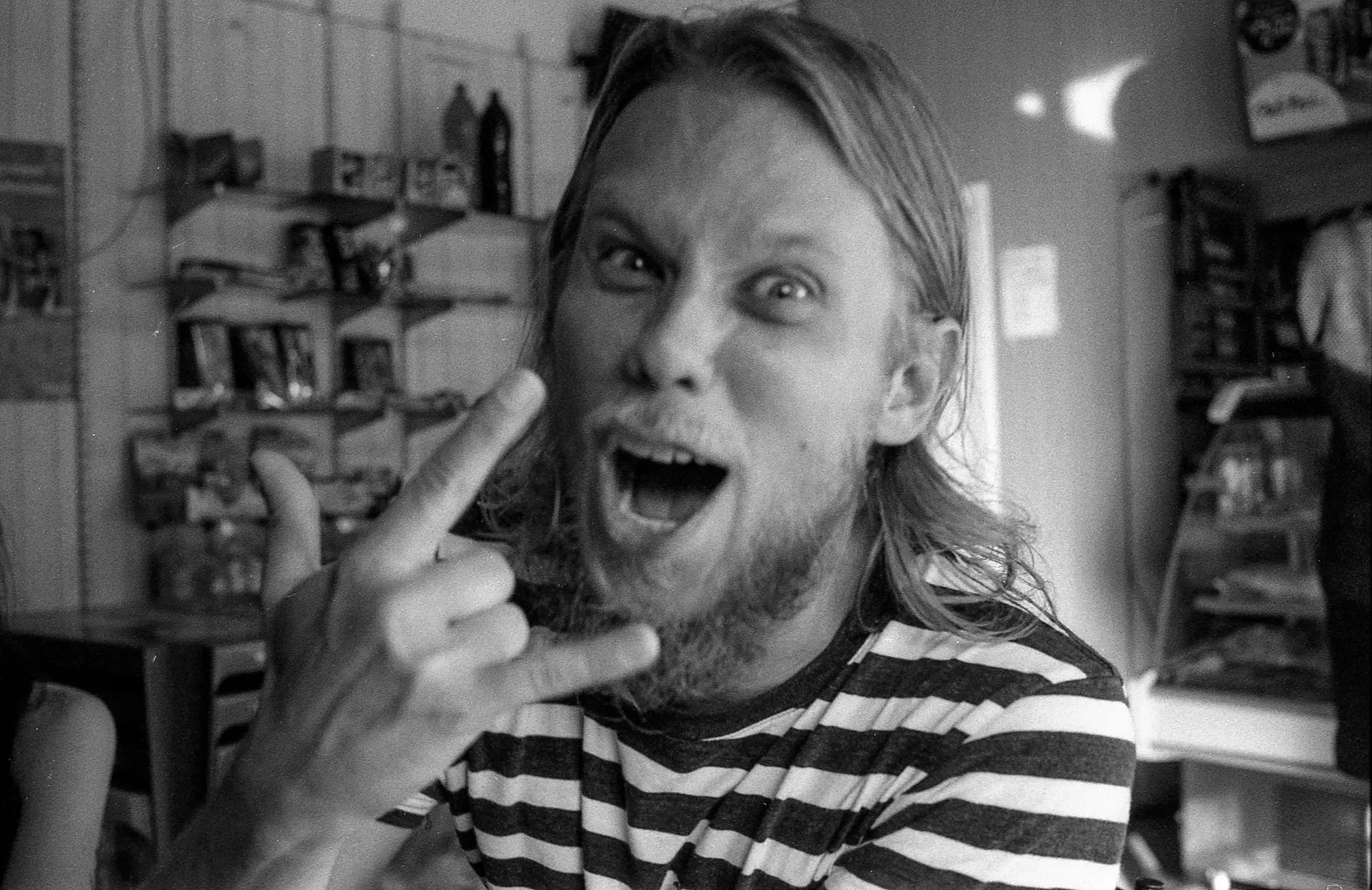
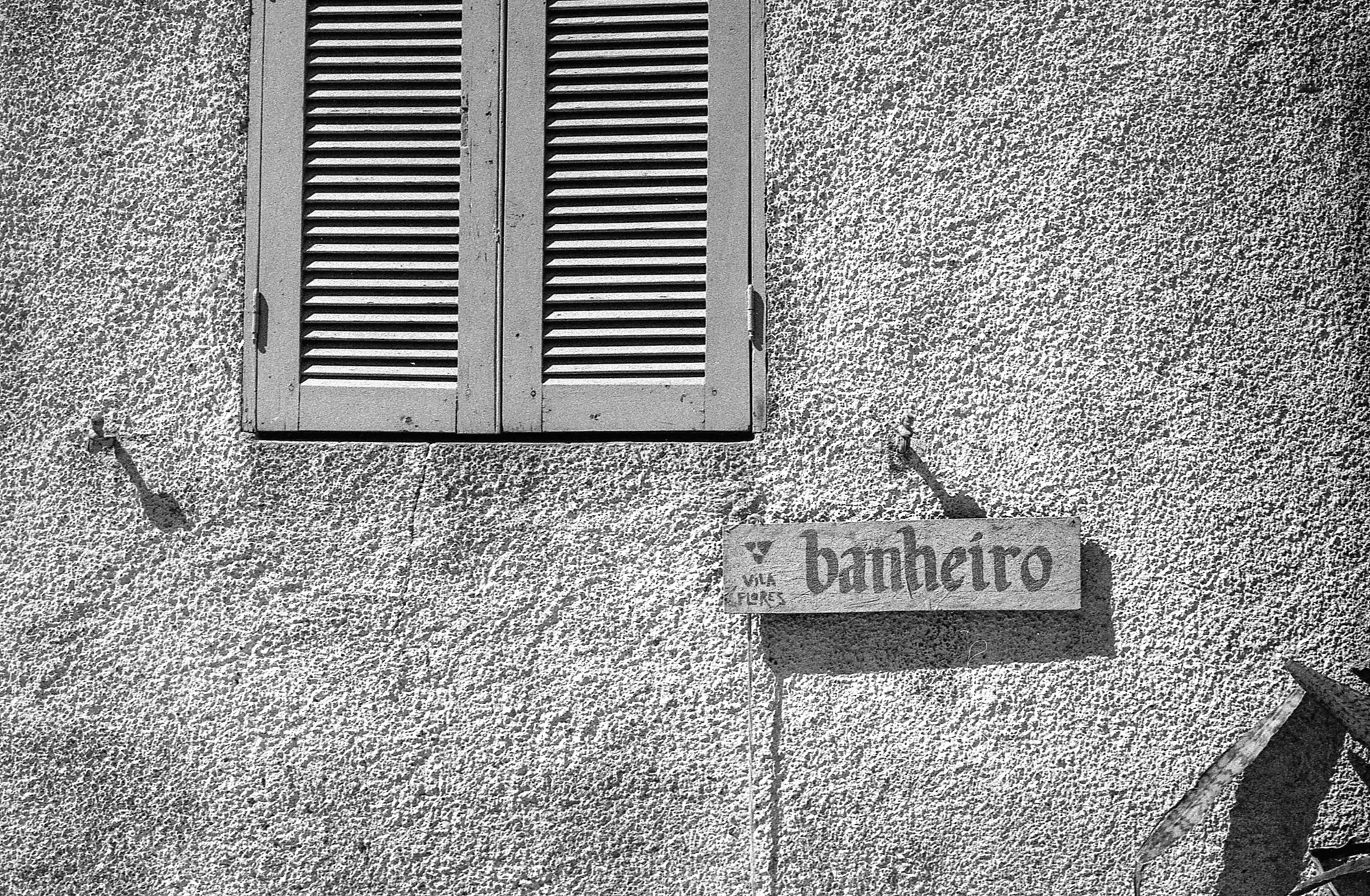
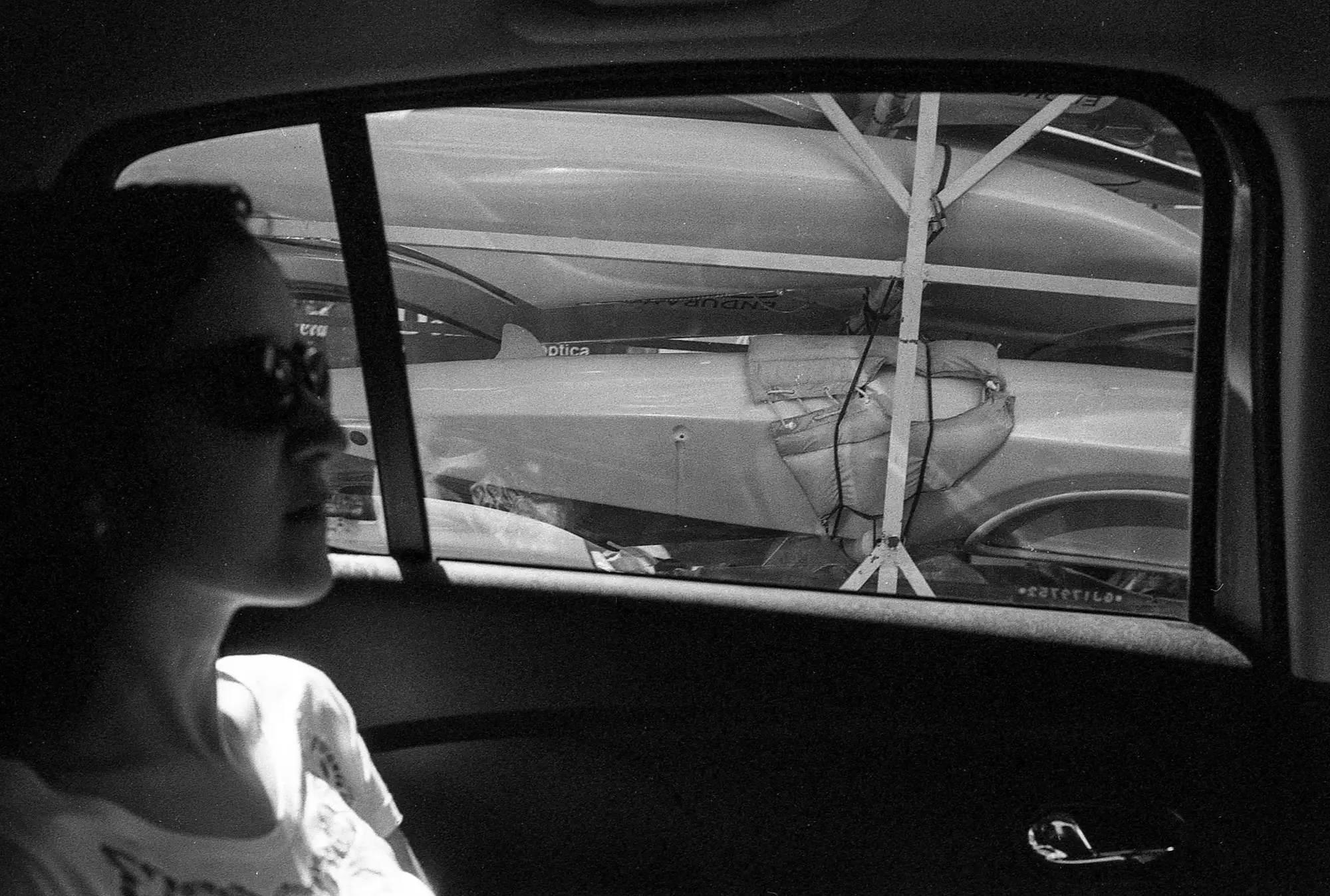
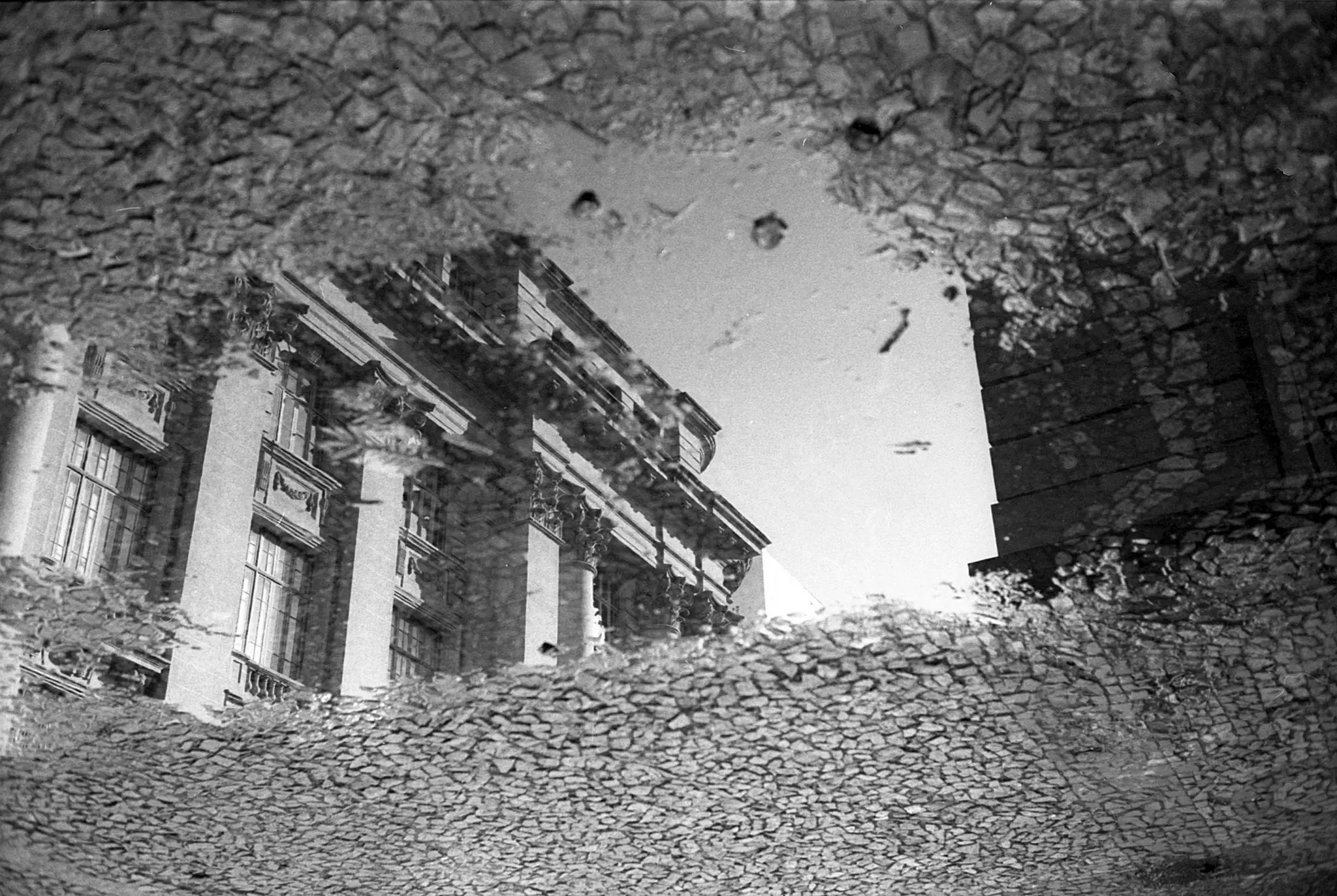
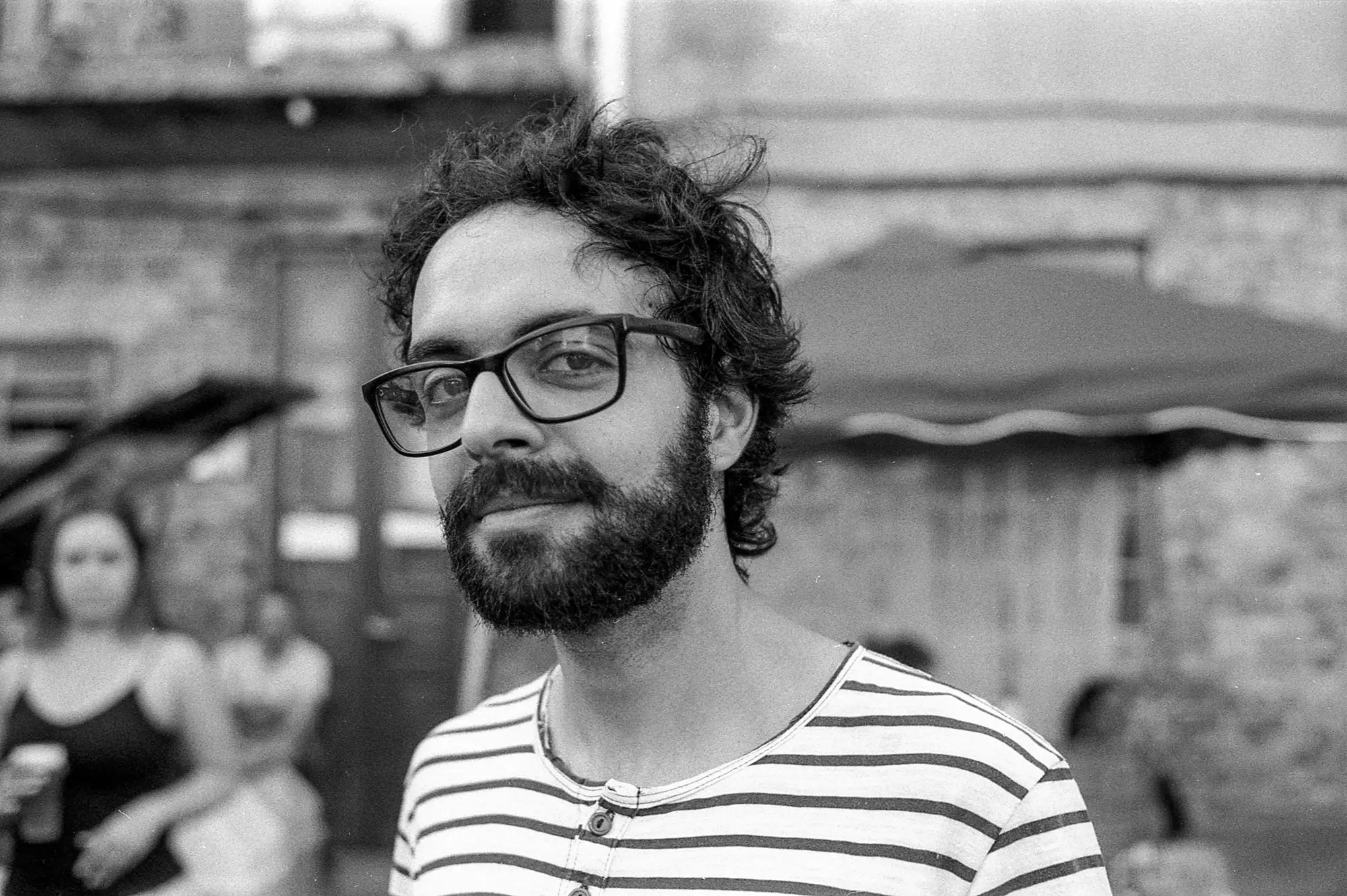
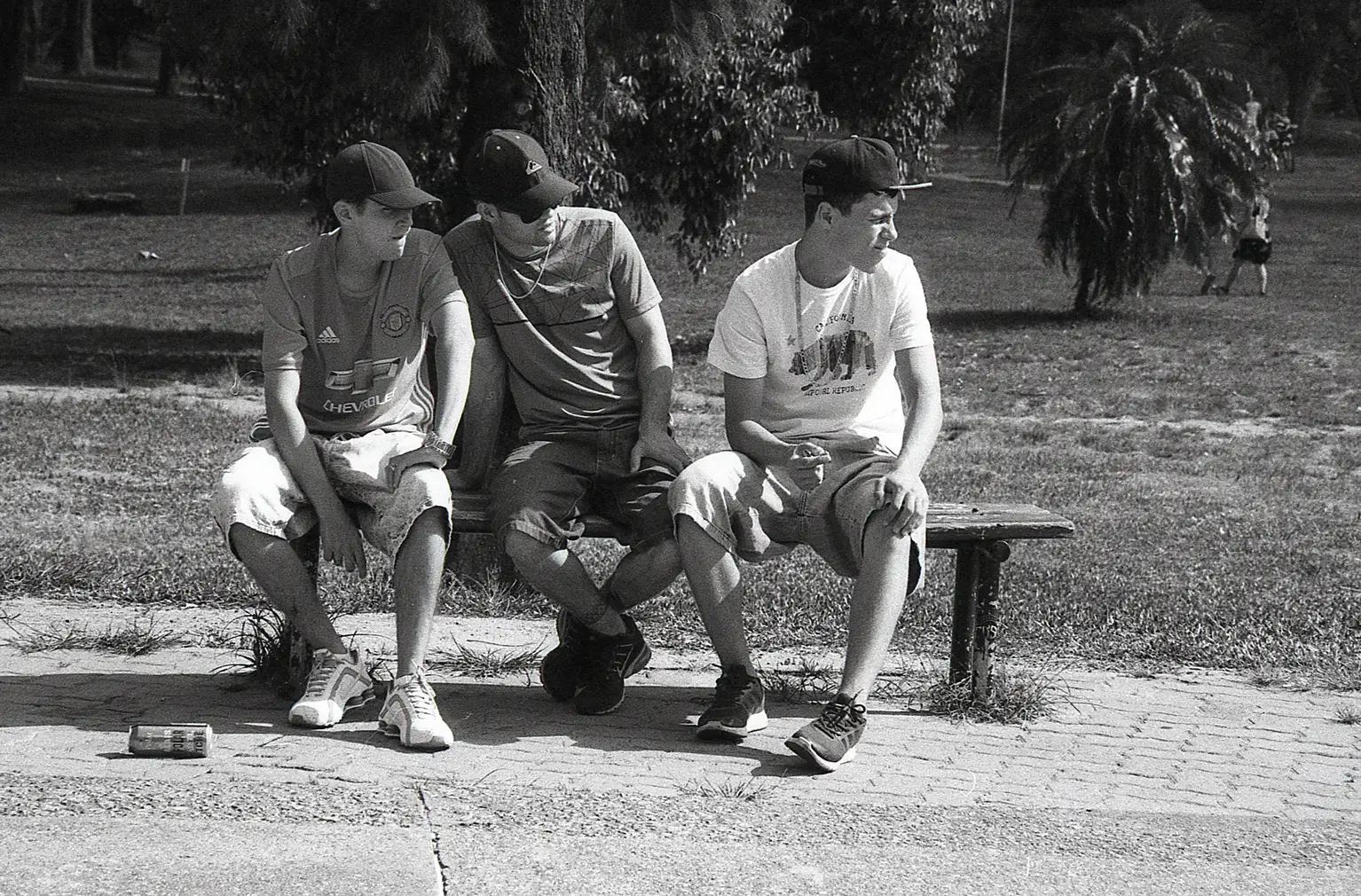
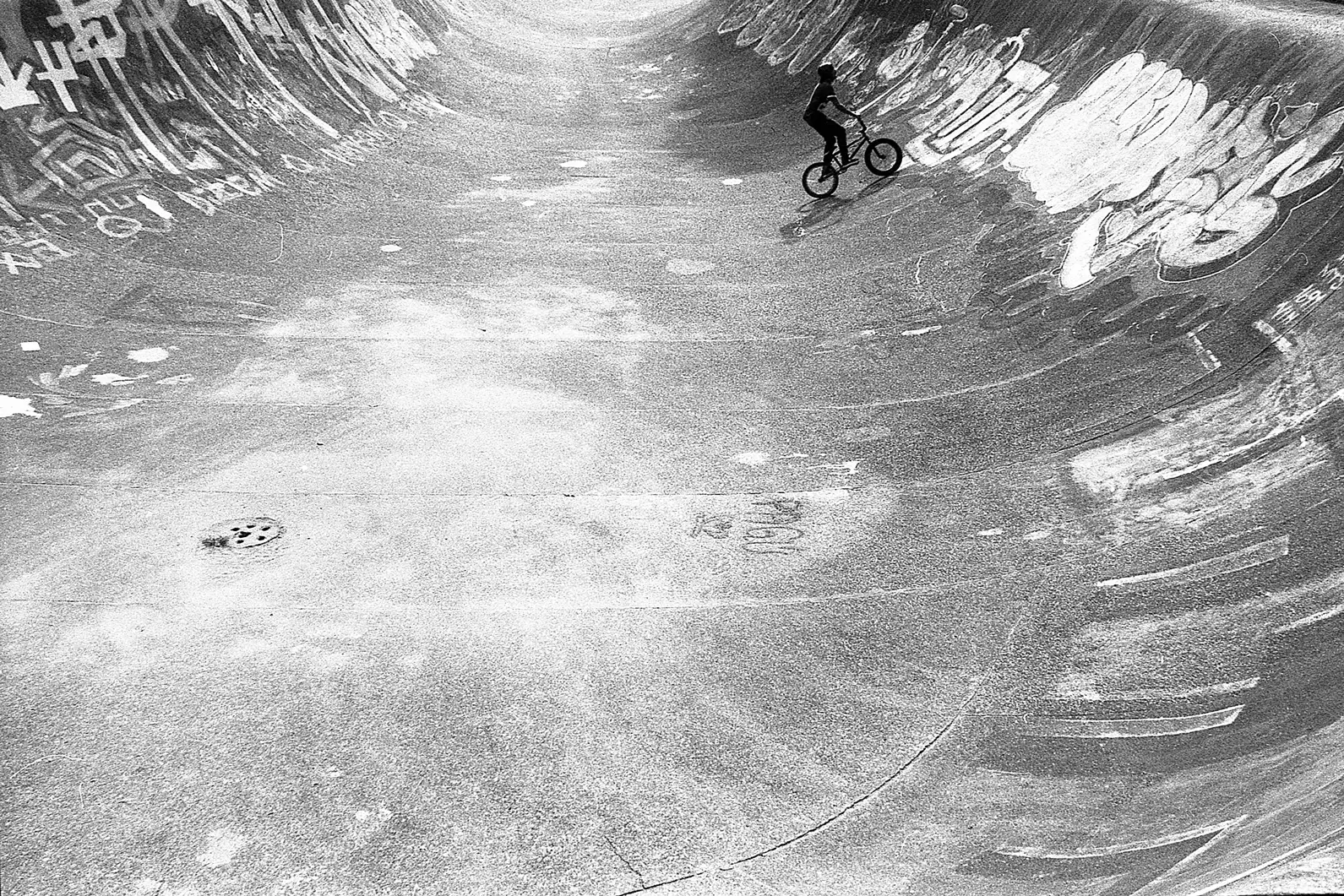
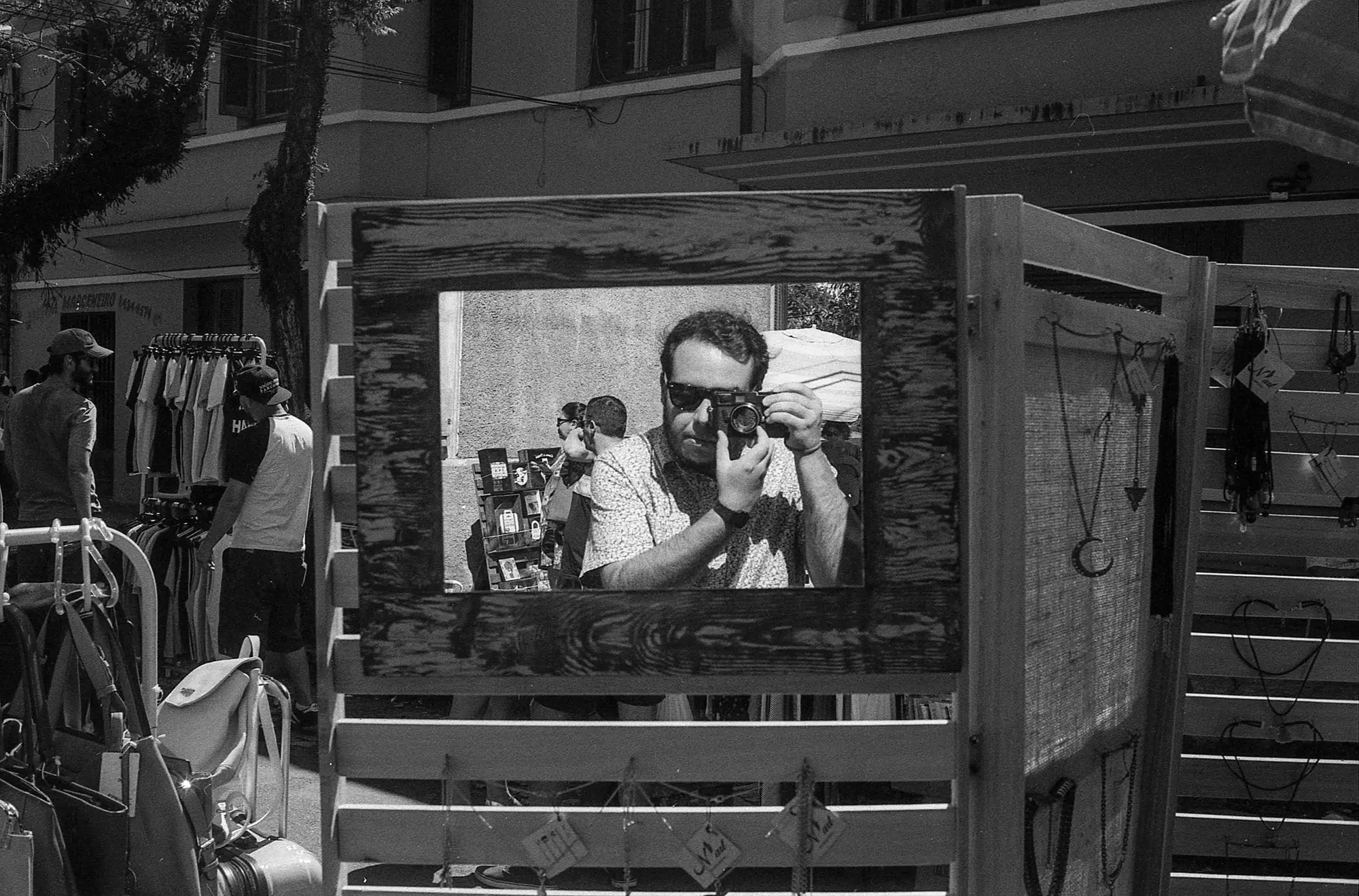
You can find more of my photography on my Instagram – fotocp
Share this post:
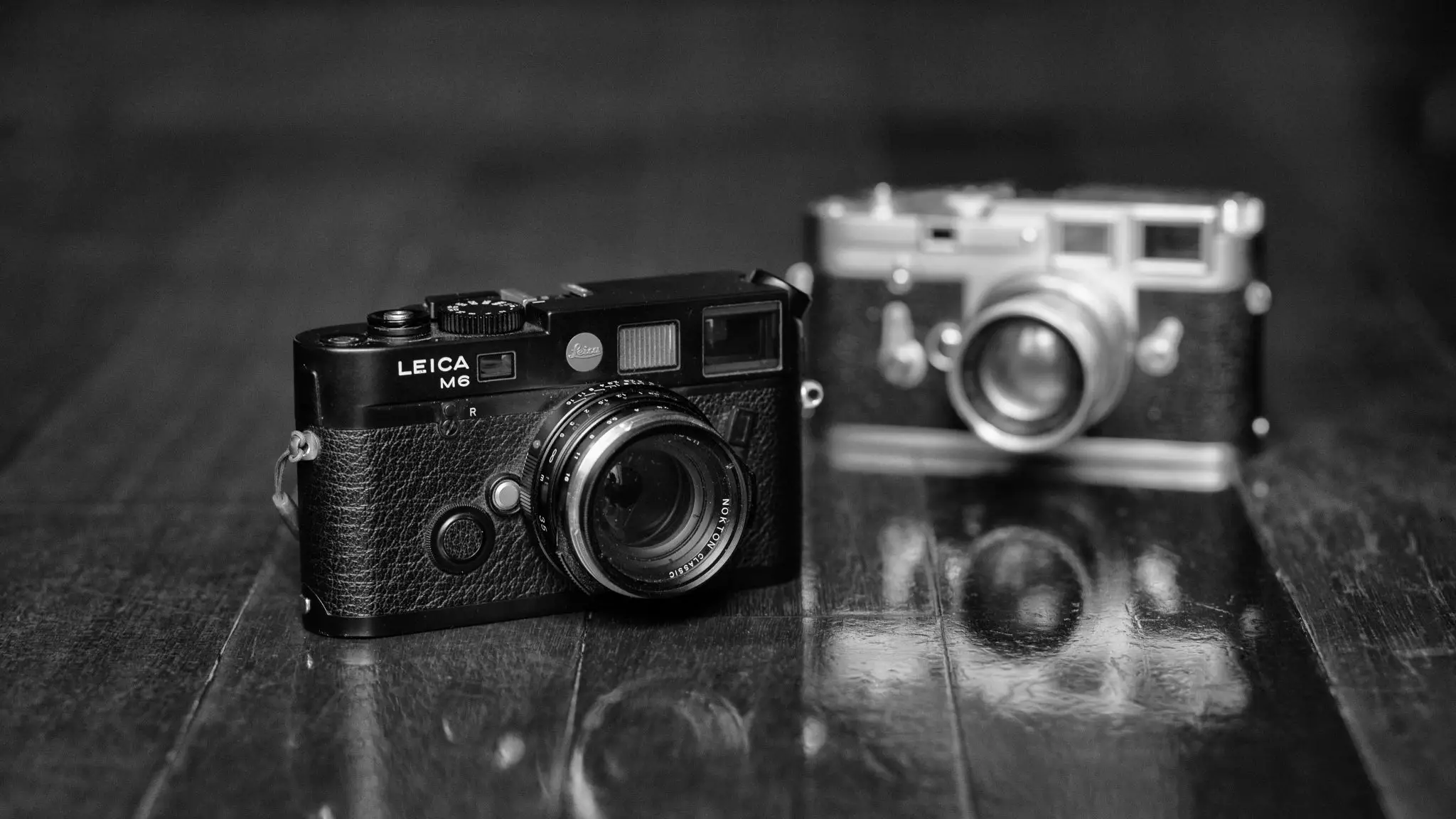








Comments
jeremy north on 35mm Compact Camera Photographer #26 – Caio Proença
Comment posted: 16/04/2017
I was thinking that it must be tricky to develop film in a tropical country such as Brasil. However, as you live in the south, I suppose it is more temperate which is a good thing, less hot and humid.
Comment posted: 16/04/2017
andersson on 35mm Compact Camera Photographer #26 – Caio Proença
Comment posted: 16/04/2017
Comment posted: 16/04/2017
Luc on 35mm Compact Camera Photographer #26 – Caio Proença
Comment posted: 17/04/2017
Comment posted: 17/04/2017
Yul Vazquez on 35mm Compact Camera Photographer #26 – Caio Proença
Comment posted: 18/04/2017
Comment posted: 18/04/2017
Eddy Lambert on 35mm Compact Camera Photographer #26 – Caio Proença
Comment posted: 03/05/2017
Comment posted: 03/05/2017